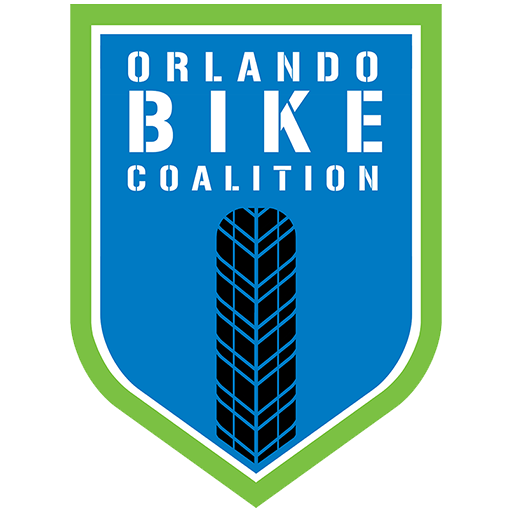What is biking infrastructure?
If you’ve walked, biked, or driven around town, than you’ve seen different types of biking facilities Orlando has to offer. Most streets in the Orlando area were designed and built for cars, so they weren’t designed for people on bikes. No fret. We’re going to explain the different types of biking facilities available with real world examples across the State of Florida and across the country. We’ll start with the most common types of biking facilities seen in Orlando and then show you what Orlando is missing out on towards the end of this article.
FDOT Paved Shoulder
You’ve seen the FDOT Paved Shoulders in most busy roads like Colonial Drive, Semoran Blvd, and John Young Parkway. These roadways feature a strip of pavement called a “shoulder” where broken vehicles can pull over and park if needed. Expect to find trash and debris from crashed vehicles on the paved shoulder and expect a flat tire from this debris. These roadways are managed by the State of Florida’s Department of Transportation and are the busiest surface streets in town. These roads connect two or more counties to each other and many commuters use them to get back and forth to work. Freight trucks use them to carry goods over long distances and the high speed limits make it unsafe for most bicycle riders. FDOT Unprotected Bike Lanes are responsible for most of the crashes that kill people on bikes in Florida. The Orlando area is the most dangerous metro-area for people on bikes, but we are closely followed by Miami, Tampa, and Jacksonville for the top 5 most dangerous metros for people on bikes. Avoid FDOT Unprotected Bike Lanes if possible.
County Paved Shoulder
County Paved Shoulders can be seen on Pine Hills Rd, Narcoose Rd, and Edgewater Drive north of Par St. These roadways are similar to FDOT Paved Shoulders except with fewer traffic, lower speed limits, and fewer freight trucks.
FDOT Unprotected Bike Lane
Colonial Drive

